Following these 12 tips will give you a great result even without the help of a professional.
1. Choose the last color for the paint.
Interior designers are often called by clients who want to choose a paint color before moving into a home. Of course, it’s nice to move into a freshly painted house, and you can certainly do it, but we’ll advise you otherwise.
Thousands of paint colors have been created with different tones and shades, and they all look different in different homes because of the various light sources, which means that the color that looks beautiful in your current home may not be right for your new home. After all, the color of the walls should highlight the furniture, artwork, carpets, and so on. So it is best to choose a color when all the items are already at home.
2. Give your furniture space.
Do not overload the room. We want to live in comfort when we can quickly and gracefully maneuver between furniture, and this is excellent news for those on a tight budget. You do not need to fill the space with a large amount of furniture. Invest in a few better quality furniture, and your room will look more beautiful than stuffed with finds from the flea market.
3. Hang the artwork at the correct height.
In art galleries and museums, artwork is hung so that it’s centerline (center) is 145 to 152 cm above the floor. The average person has an eye-level of 145 cm.
You can also follow this rule. In a room with a high ceiling, you may want to hang pictures above. But remember: the human, not the static, scaling needs to be considered. If in doubt, take a picture. It’s incredible how much a photo can reveal. Print it or use Photoshop or another program that lets you draw on a photo. It will help you understand whether a larger or smaller piece of art fits in, or whether a tall houseplant best fills space.
4. Arrange the furniture properly on the carpet.
There are three basic ways to place furniture on a rug. All feet on the carpet: The rug is so large that it fits all the furniture. It creates an impression of luxury. In this case, the larger the mat, the better it is, remember to leave at least 30 – 45 cm of free floor space on all four carpet edges.
All feet not on the carpet: If the room is small, laying the carpet in the middle without the furniture on it is a great economical solution. However, the rug should not be too small. Otherwise, it does not appear to be a significant accent but is merely constructed. The rug should be sized so that it practically touches the front legs of each seat. This solution is most suitable when you are laying a smaller carpet on a large one that occupies an entire room.
Carpet front legs: A carpet of the size that fits the front legs of all seating furniture visually combines the composition and creates a defined space, but does not close it.
5. Resist the urge to have a themed, predictable interior.
For example, a nautical theme with distinctive features is trendy: tables, a white and blue nautical palette, and works of art with sailing ships. But such an interior has been created so many times that it lacks individuality. The subject can be interpreted more subtly without the use of apparent clichés.
6. Create the main accent.
There are vital and secondary roles in film making, and a similar hierarchy applies to interior design. Choose your star – the main accent of the room – and emphasize it. Let other objects play a secondary role. Do not require all interior objects to be necessary – this will create visual noise. The main accent can be the exquisite design of the kitchen hood, fireplace, and artwork at the living room or the original bed headboard in the bedroom. Whatever it is, choose an object that will attract attention.
7. The direction of the gaze in the house interior.
The accents in each room should be directed freely and clearly to give you the impression that you are attracted to one another. That is why the best place to accent a room is usually on the opposite side of the entrance.
8. Critically evaluate your collection.
Do not hang a piece of art on the opposing wall – it doesn’t matter that a great-grandmother may have donated it. If your interior doesn’t fit the picture, find a new home for it (or just another room).
9. Evaluate the scale and aspect ratio.
What looked beautiful in the store could make your home look like the elephant in the room. Or vice versa – in a large room too small a thing seems insignificant. Therefore, we always evaluate the scale and proportions. When exhibiting artwork or décor, keep in mind that grouping is better in odd than even numbers (three or five will look more beautiful than two or four).
10. Layer the lighting.
When installing spaces, professionals do not create uniform illumination but “lay it out”. It creates intrigue, diversity, and space becomes interesting. You don’t want rooms where lights are evenly lit, or nothing stands out, and everything looks the same. Choose the main accent and possibly the other accent and illuminate them. To make the room look fun, equip it with unobtrusive general lighting and extra lighting points below – such as desk lamps.
11. Be brave.
The exquisite interior is personalized. Don’t be afraid to show your personality, play around. The more you try, the more you start to see what works and what doesn’t. Include unexpected drama elements. Avoid predictable elements and interpretations if you want an original, exclusive space.
12. Forget all the rules and unleash creativity.
Furnishing and decorating rules are essential, especially when first learning how to set up a home interior. However, you should not be blindly following all the rules. Trust your taste and intuition, design your home to make you feel pleasant, to smile, and, most importantly, to make it comfortable and enjoyable.

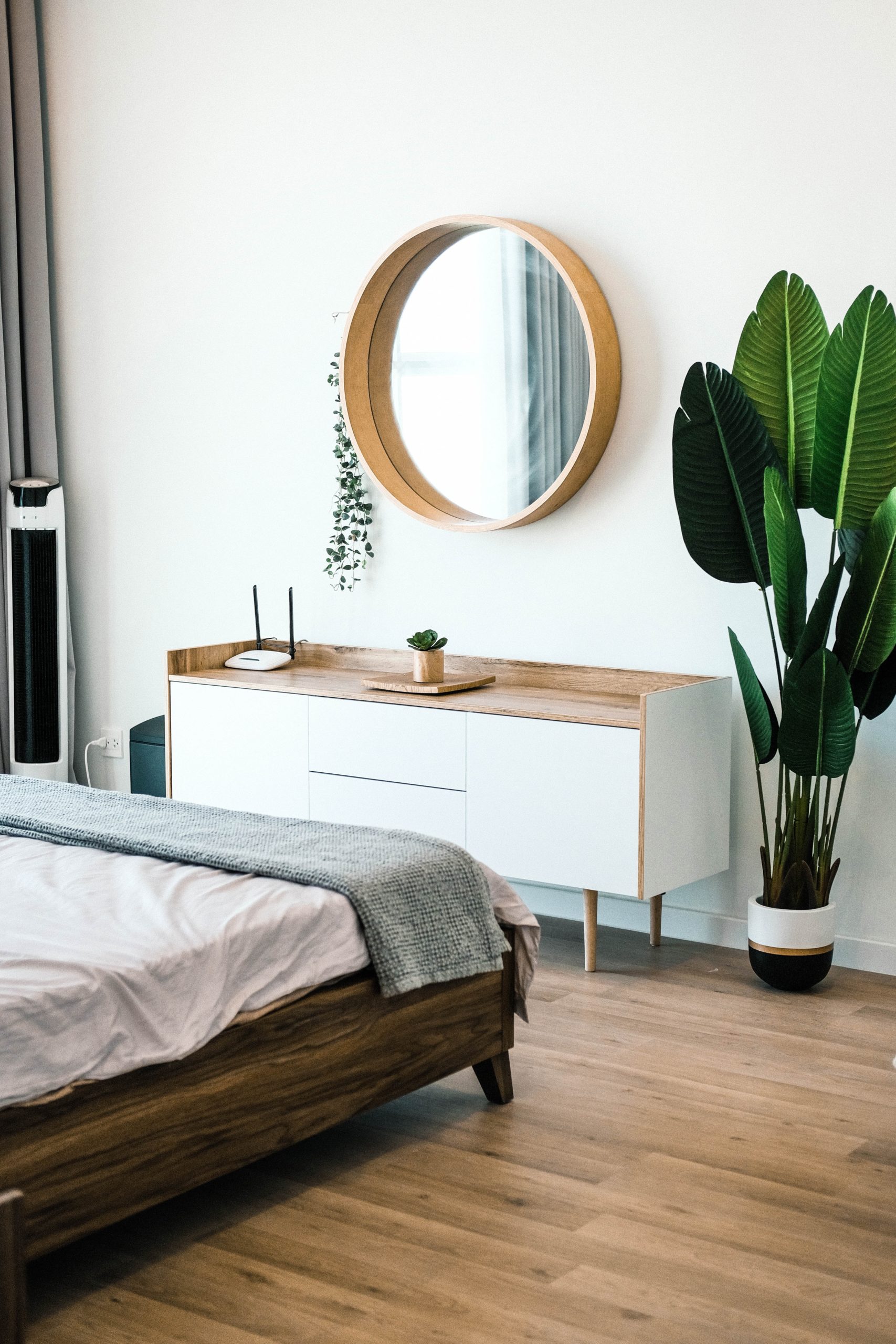
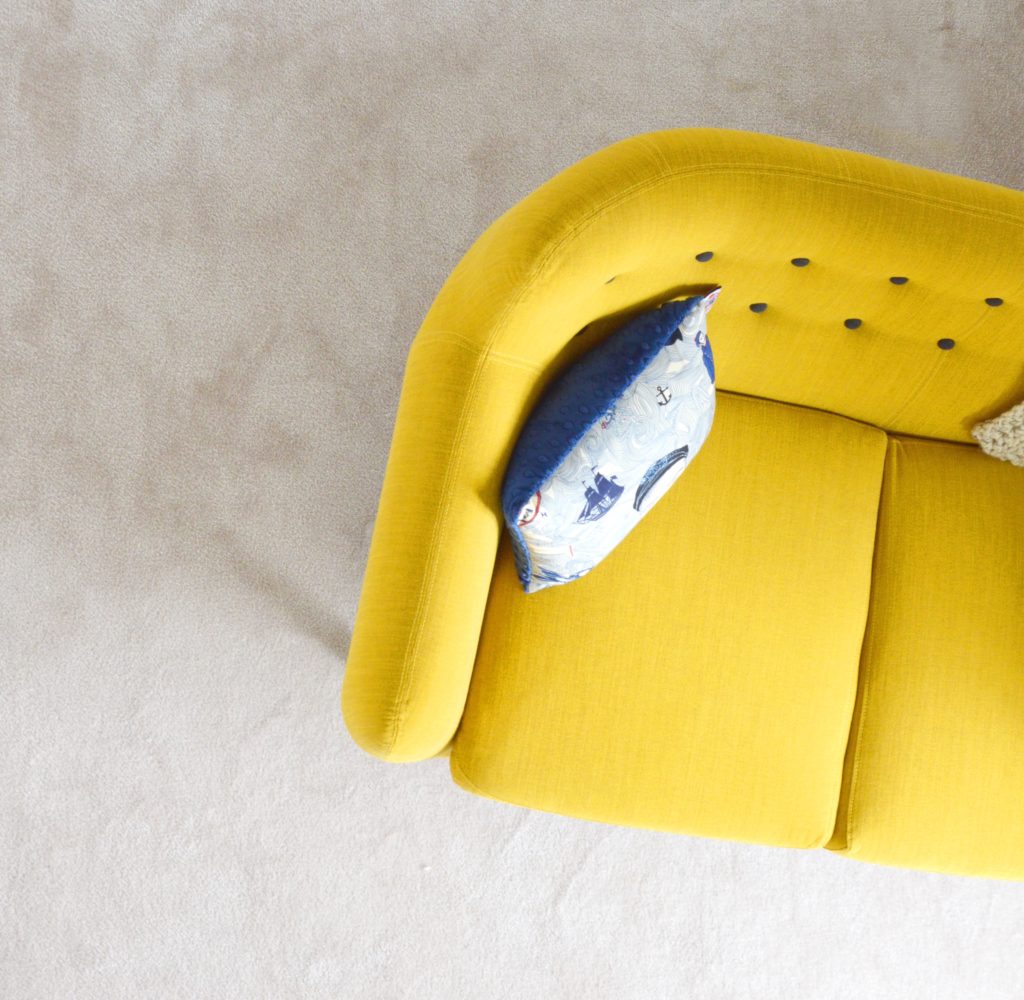
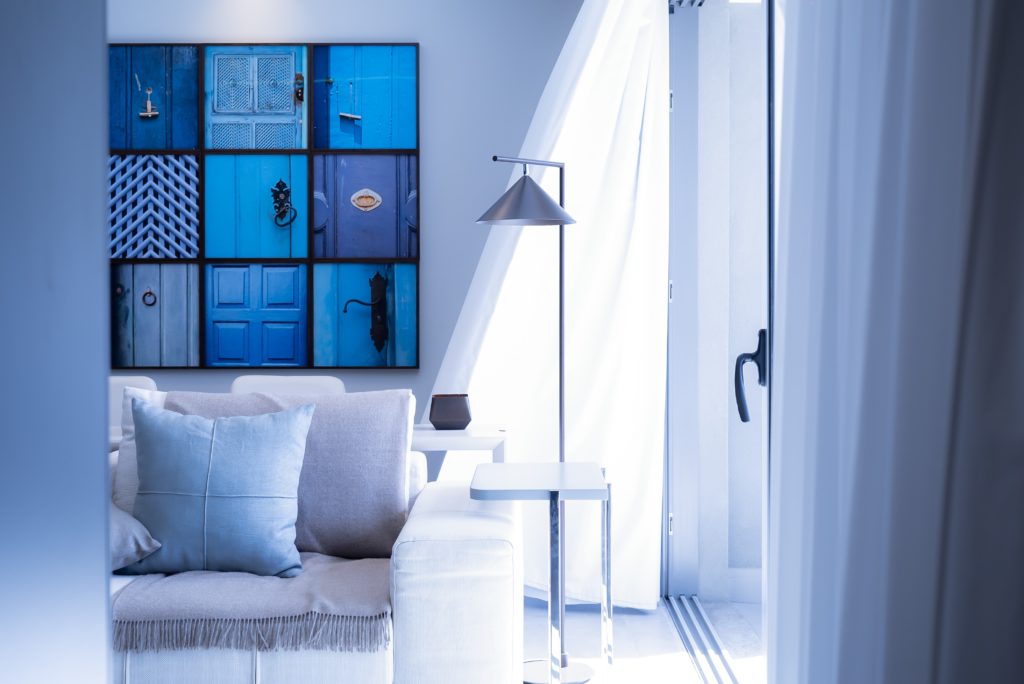
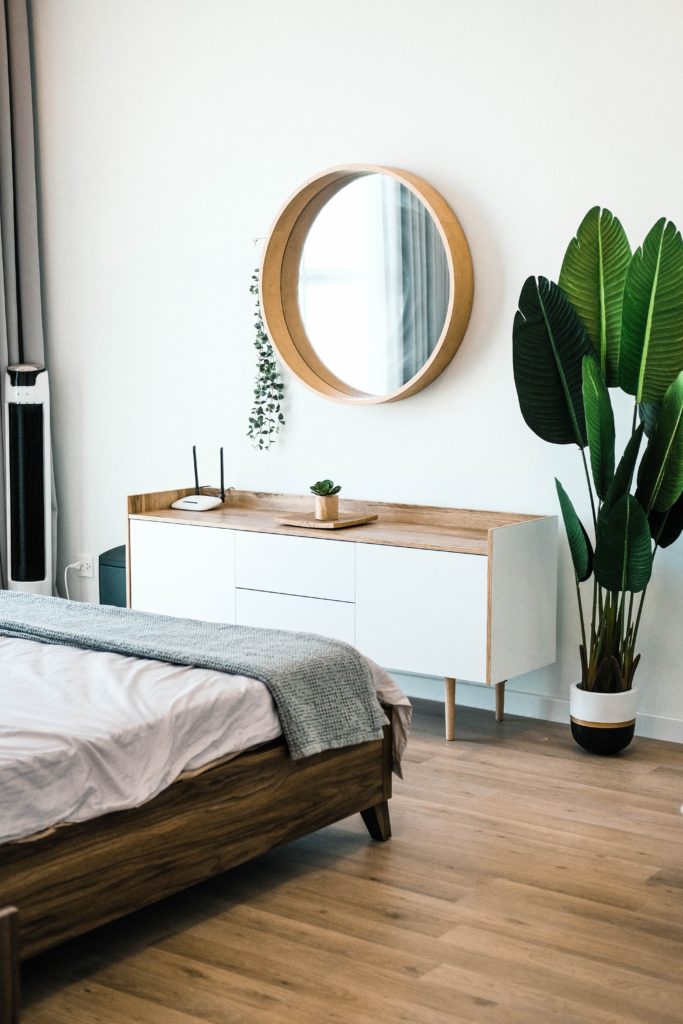
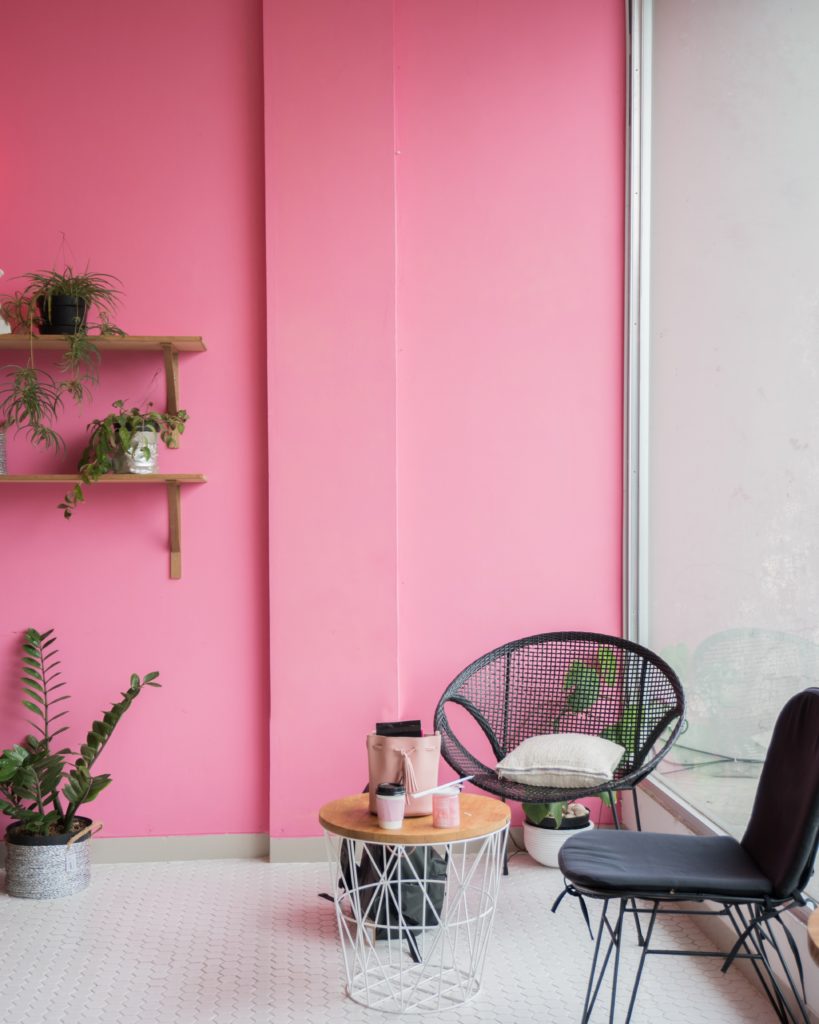
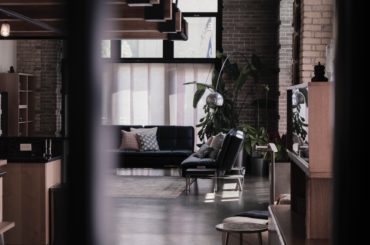

1 Comment
Write more, thats all I have to say. Literally, it seems as though you relied on the video to make your point.
You clearly know what youre talking about, why waste your intelligence on just posting videos to your blog when you could be giving us something informative to read?